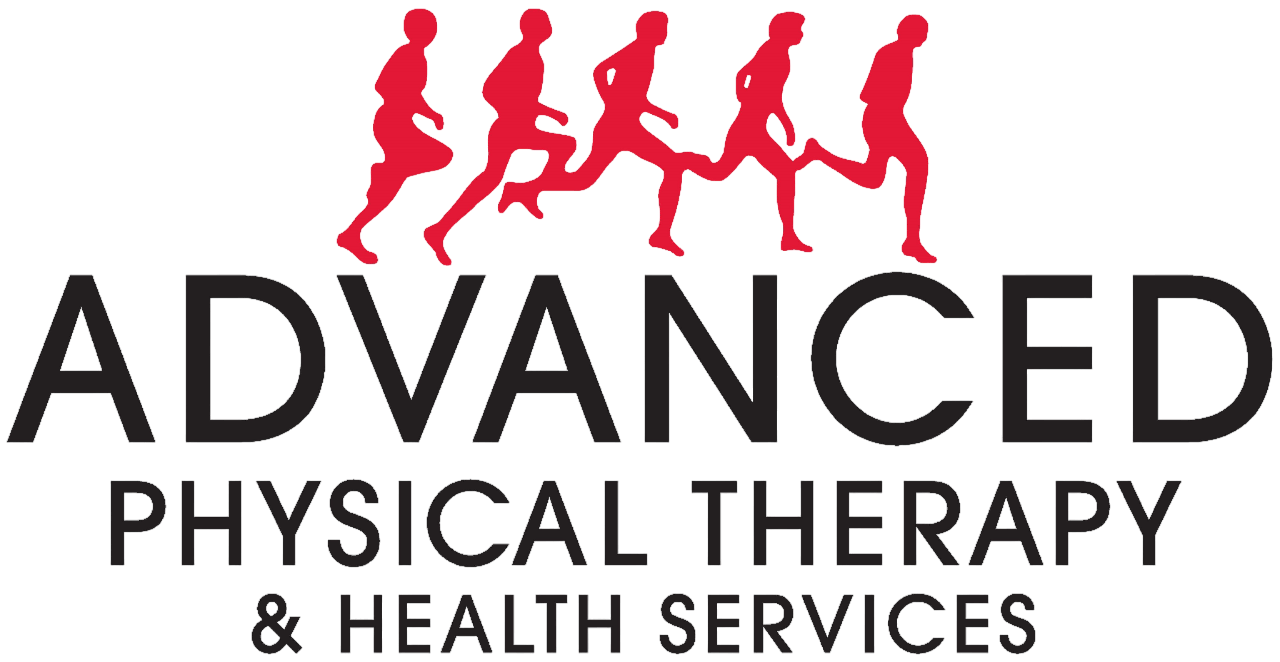Newsletter Video, February 2018
Click Below - Add Your Own Comment
[QUIZ] How Much Do You Know About Lower Back Pain and Treatment?
References from the Video
- Our review confirms the broad finding of previous reviews that the typical course of acute low-back pain is initially favourable: there is a marked reduction in mean pain and disability in the first six weeks. Beyond six weeks, improvement slows and thereafter only small reductions in mean pain and disability are apparent up to one year. By one year, the average levels of pain and disability for acute low-back pain were low (mean pain score [inception time uncorrected] of 6 and disability score of 13), suggesting that patients can expect to have minimal pain or disability at one year.
Article Link - Spontaneous regression of herniated disc tissue can occur, and can completely resolve after conservative treatment. Patients with disc extrusion and sequestration had a significantly higher possibility of having spontaneous regression than did those with bulging or protruding discs. Disc sequestration had a significantly higher rate of complete regression than did disc extrusion.
Article Link - Imaging findings of spine degeneration are present in high proportions of asymptomatic individuals, increasing with age. Many imaging-based degenerative features are likely part of normal aging and unassociated with pain. These imaging findings must be interpreted in the context of the patient's clinical condition.
Article Link - We have demonstrated a decreased usage of medical services in patients who receive PT early after an episode of acute low back pain. Our large cohort size suggests this is a robust finding. The medical specialty variations reported regarding PT usage in patients seen by generalists, surgeons, and other specialists, suggests that efforts to modify treatment practice be directed at those who are potentially underutilizing PT in this setting, namely those in the generalist specialties.
Article Link - New patient physician appointment wait time is an average of 24 days in 15 of the largest U.S. cities, up from 18.5 days in 2014.
Article Link - 753,450 eligible patients with a primary care visit for LBP between 18–60 years of age were considered. Physical therapy was utilized by 16.3% (n = 122,723) of patients, with 24.0% (n = 17,175) of those receiving early physical therapy that was adherent to recommendations for active treatment. Early referral to guideline adherent physical therapy was associated with significantly lower utilization for all outcomes and 60% lower total LBP-related costs.
Article Link - In the propensity-matched sample (n = 406), advanced imaging recipients had higher odds of all utilization outcomes. Charges were higher with advanced imaging by an average $4,793 (95 percent CI: $3,676, $5,910). Conclusions: For patients with LBP whom newly consulted primary care referred for additional management, advanced imaging as a first management was associated with higher health care utilization and charges than physical therapy.
Article Link
Newsletter Video Archive
Disclaimer
The information in this video is intended for informational and educational purposes only and in no way should be taken to be the provision or practice of physical therapy, medical, or professional healthcare advice or services. The information should not be considered complete or exhaustive and should not be used for diagnostic or treatment purposes without first consulting with your physical therapist, occupational therapist, physician or other healthcare provider. The owners of this website accept no responsibility for the misuse of information contained within this website.
